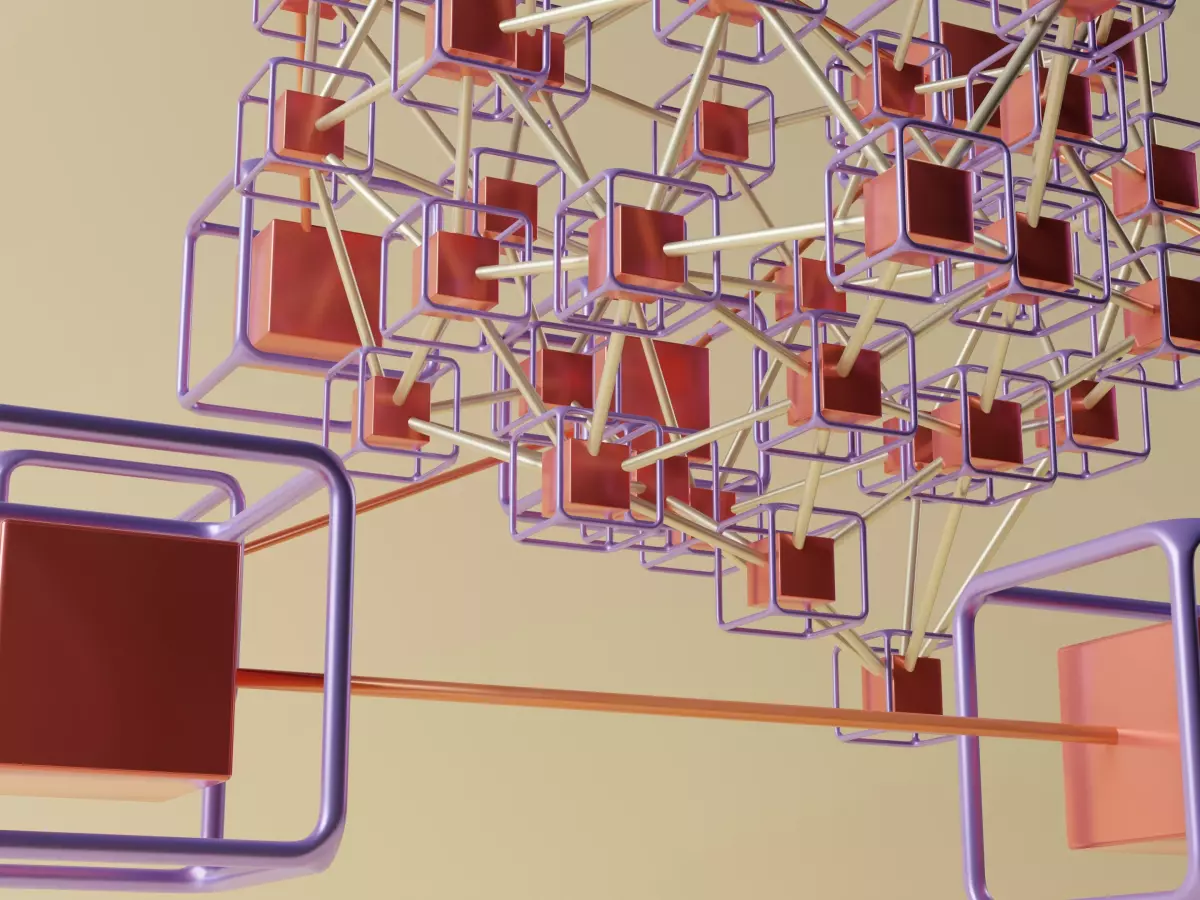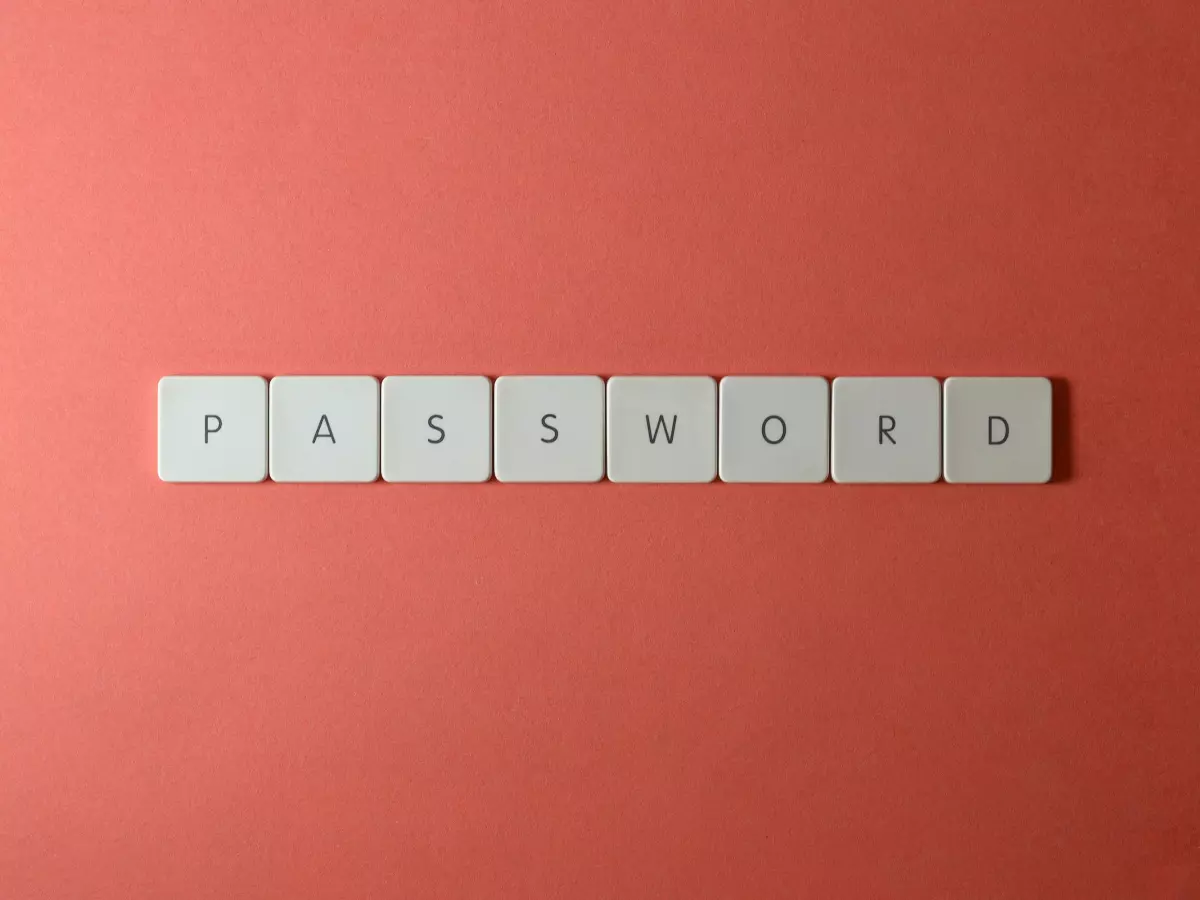Guardians of the Ledger
Ever wondered who’s really keeping your crypto safe? Spoiler: It’s not just the fancy cryptography.

By Hiroshi Tanaka
When most people think of blockchain, they picture complex algorithms, cryptographic puzzles, and maybe even a digital vault. But behind the scenes, there’s an unsung hero quietly doing the heavy lifting: blockchain nodes. These are the backbone of any blockchain network, ensuring that everything runs smoothly, securely, and without a hitch. Yet, they rarely get the spotlight they deserve.
Let’s break it down. A blockchain node is essentially a device (think computer or server) that participates in the blockchain network. It stores a copy of the entire blockchain ledger, validates transactions, and ensures the network stays decentralized. Sounds simple, right? But the role of nodes goes far deeper than just being a storage unit for data. They’re the gatekeepers of trust in a trustless system.
Why Nodes Are the Real MVPs
Imagine a world where every financial transaction you make is verified by a single entity. Scary, huh? That’s why decentralization is such a big deal in the crypto world, and nodes are the key players in making it happen. By distributing the ledger across thousands (or even millions) of nodes, blockchain networks eliminate the need for a central authority. No single entity can tamper with the data without the consensus of the majority.
But it’s not just about decentralization. Nodes also play a critical role in security. They validate every transaction that occurs on the network, ensuring that no funny business—like double-spending—takes place. Think of them as vigilant security guards who never sleep, constantly checking and cross-checking every piece of data.
Full Nodes vs. Light Nodes: What’s the Difference?
Not all nodes are created equal. In the blockchain world, there are two main types: full nodes and light nodes. Full nodes are the overachievers. They store a complete copy of the blockchain and validate transactions independently. This makes them incredibly reliable but also resource-intensive. Running a full node requires significant storage space, bandwidth, and computational power.
Light nodes, on the other hand, are the minimalists of the blockchain ecosystem. They don’t store the entire blockchain but instead rely on full nodes to validate transactions. While they’re less resource-intensive and easier to run, they also depend on the trustworthiness of full nodes. It’s a trade-off between convenience and control.
The Challenges of Running a Node
Running a blockchain node isn’t all sunshine and rainbows. For starters, it requires a fair amount of technical know-how. You’ll need to set up the software, maintain the hardware, and ensure your node stays online 24/7. Then there’s the issue of scalability. As blockchain networks grow, so does the size of the ledger. This can make running a full node increasingly difficult for everyday users.
There’s also the question of incentives. Why would anyone go through the trouble of running a node? In some blockchain networks, like Bitcoin, node operators don’t receive direct financial rewards. Instead, they contribute out of a sense of community or a desire to support the network. Other networks, like Ethereum, offer staking rewards for node operators, providing a financial incentive to participate.
The Future of Blockchain Nodes
As blockchain technology evolves, so too will the role of nodes. Innovations like sharding and pruning aim to make running a node more accessible by reducing the amount of data each node needs to store. This could pave the way for greater decentralization, as more people will be able to participate in the network.
There’s also the rise of specialized nodes, designed for specific tasks like processing smart contracts or enabling privacy features. These could add new layers of functionality to blockchain networks, making them even more versatile and secure.
But perhaps the most exciting development is the potential for nodes to become more user-friendly. Imagine a world where running a blockchain node is as simple as downloading an app on your smartphone. This could democratize access to blockchain technology, empowering individuals to take control of their digital lives.
So the next time you send a crypto transaction or marvel at the magic of blockchain, take a moment to appreciate the humble node. It may not be flashy, but it’s the unsung hero keeping the crypto world spinning.





